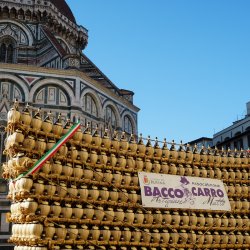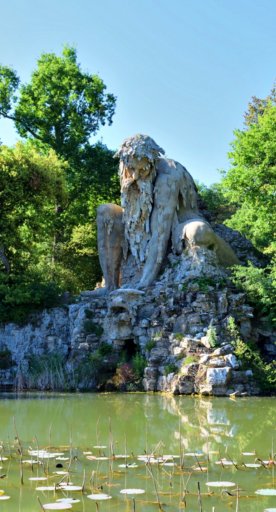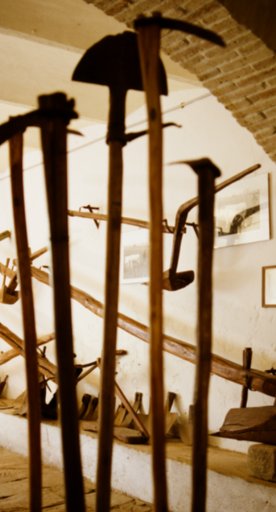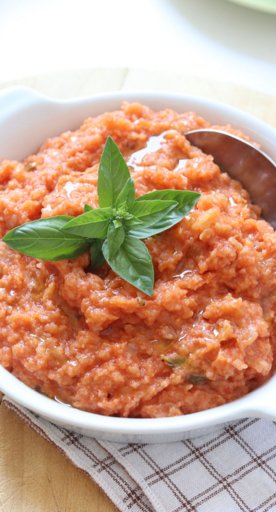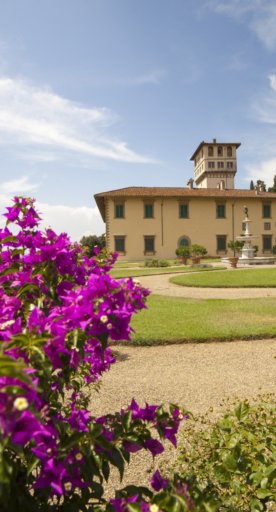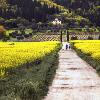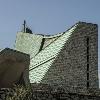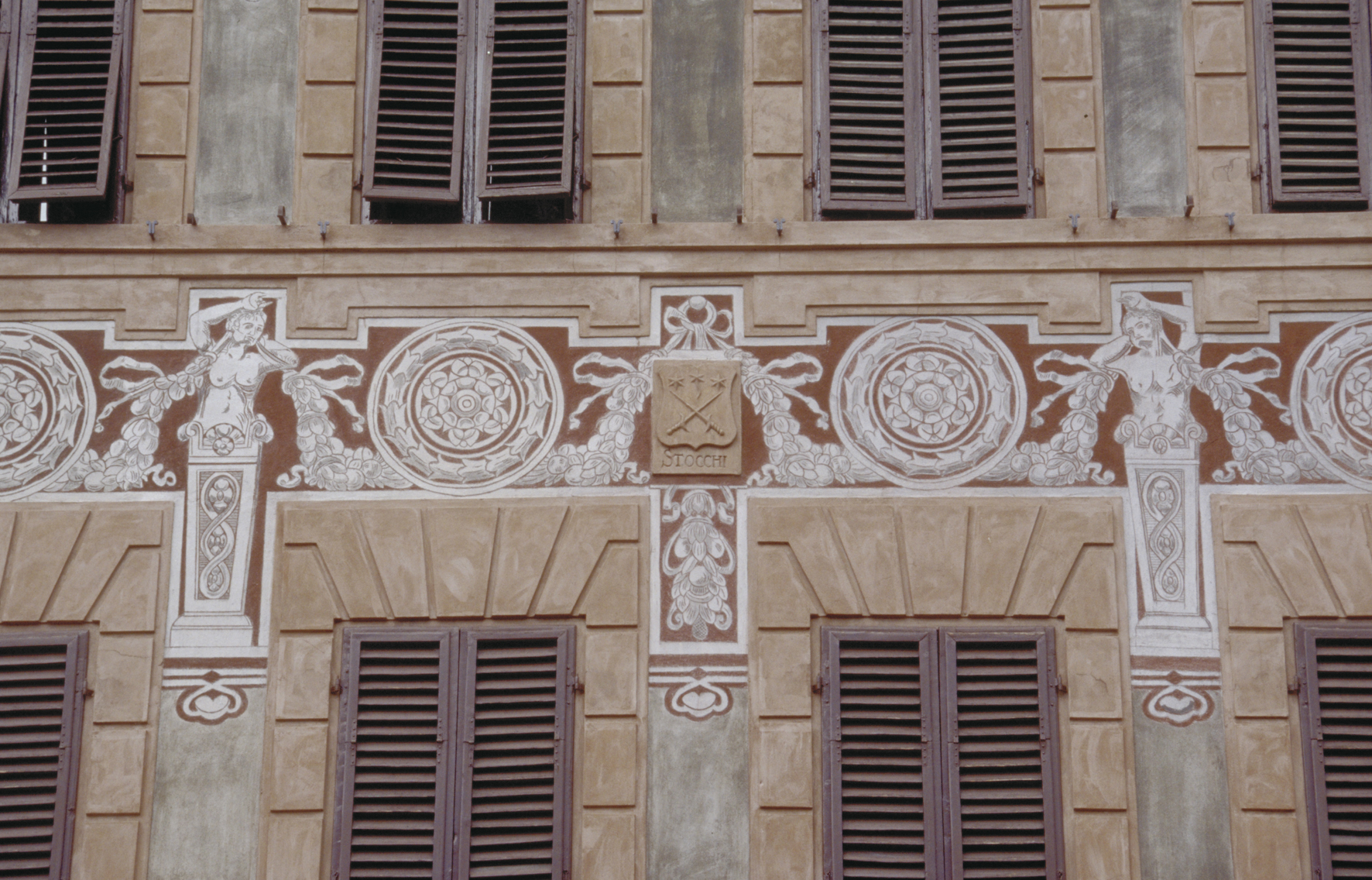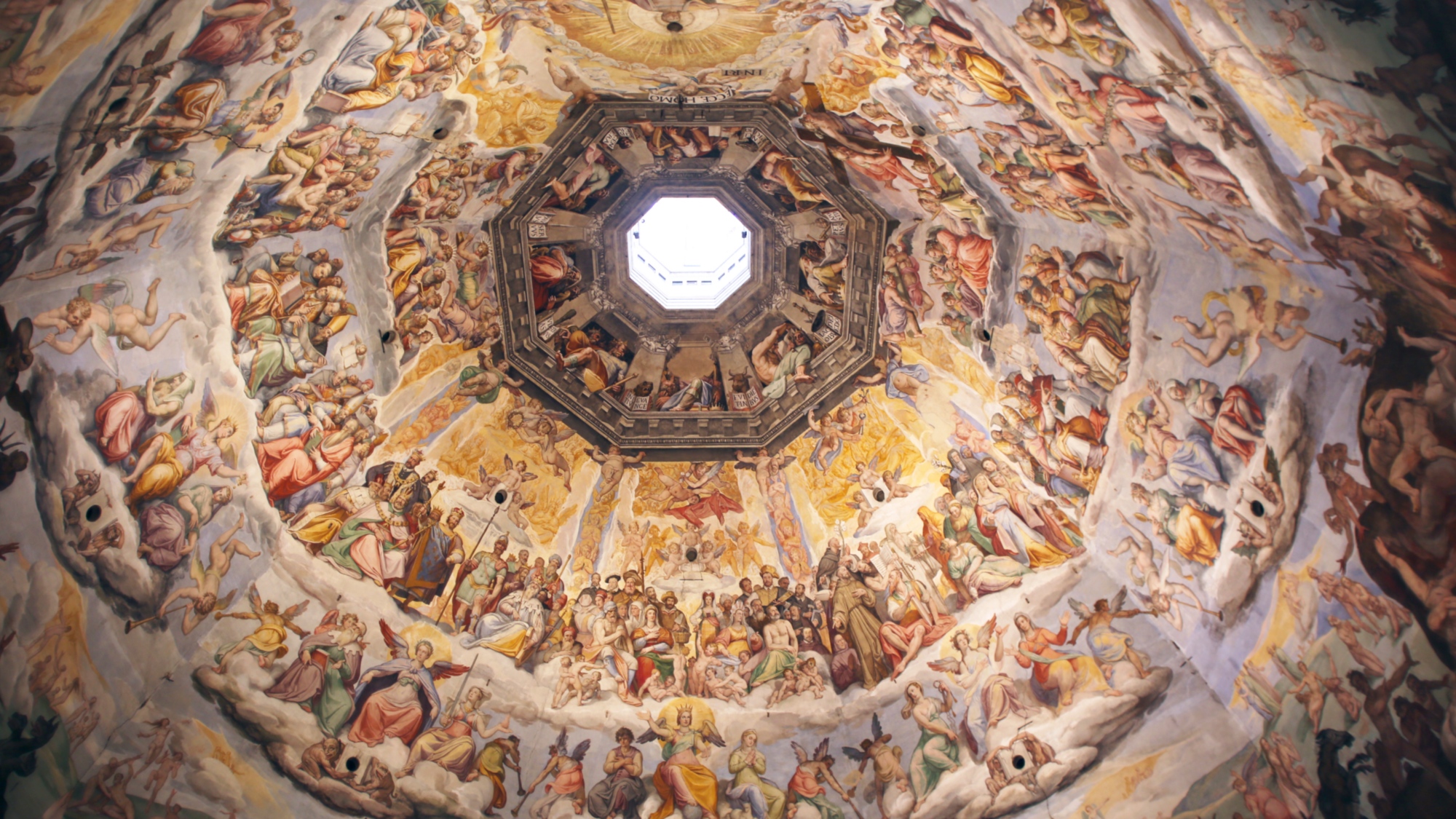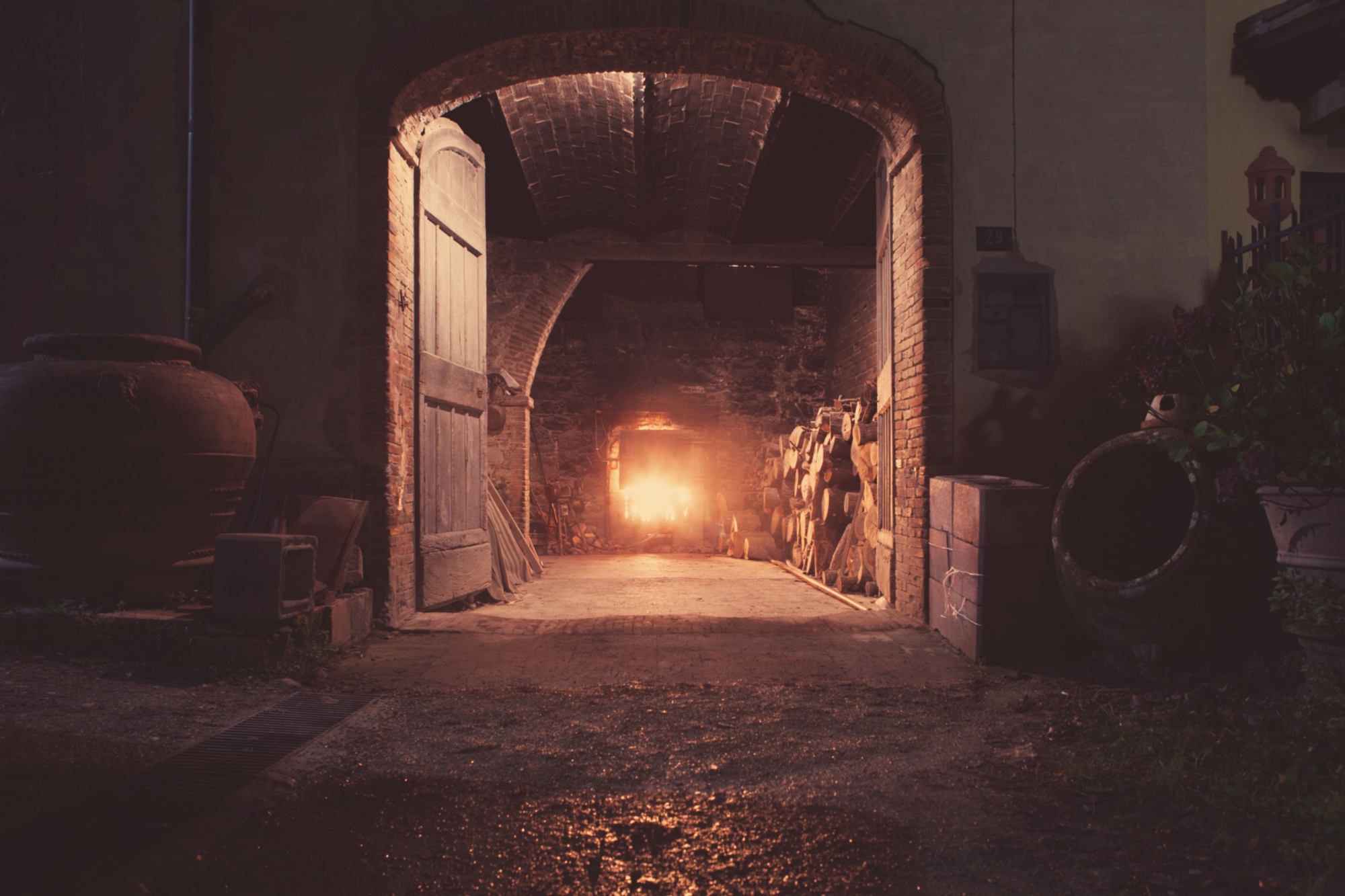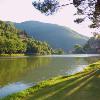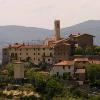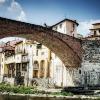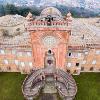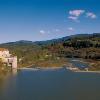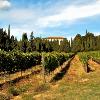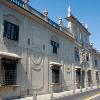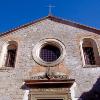A short distance from the hilly landscapes of Rufina, our journey in the Florentine area continues towards Londa, a characteristic village established around Etruscan times. In addition to the lake, an artificial basin built in the late 60s on the waters of the Rincine stream, Londa boasts incredibly valuable agricultural production. The Regina Peach, a delicious and late variety, is grown here. It’s honored every year in September with a village festival.
If you’re looking for authentic products and flavors head to Pontassieve: the countryside is home to a mix of tradition and innovation, with organic and biodynamic farms, holiday farms and private farms.
Pelago, on the other hand, offers natural beauty. Its hills are covered with rich woods and mushrooms. In the small village of Raggioli, for example, you’ll find yourself immersed in the harmony between man and nature in such places. Take a stroll through its stone alleys, breathe its medieval atmosphere and allow yourself to be fascinated by the perched houses, once home to woodcutters, charcoal burners and farmers.





